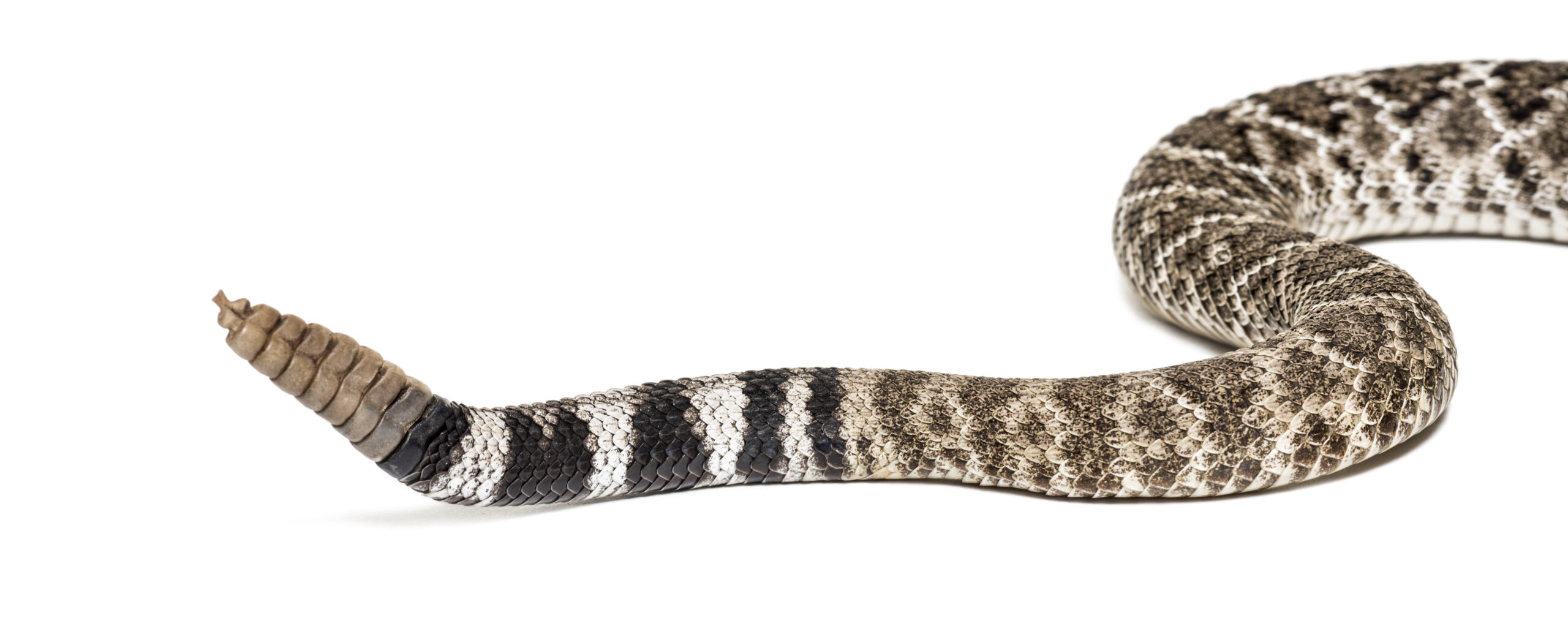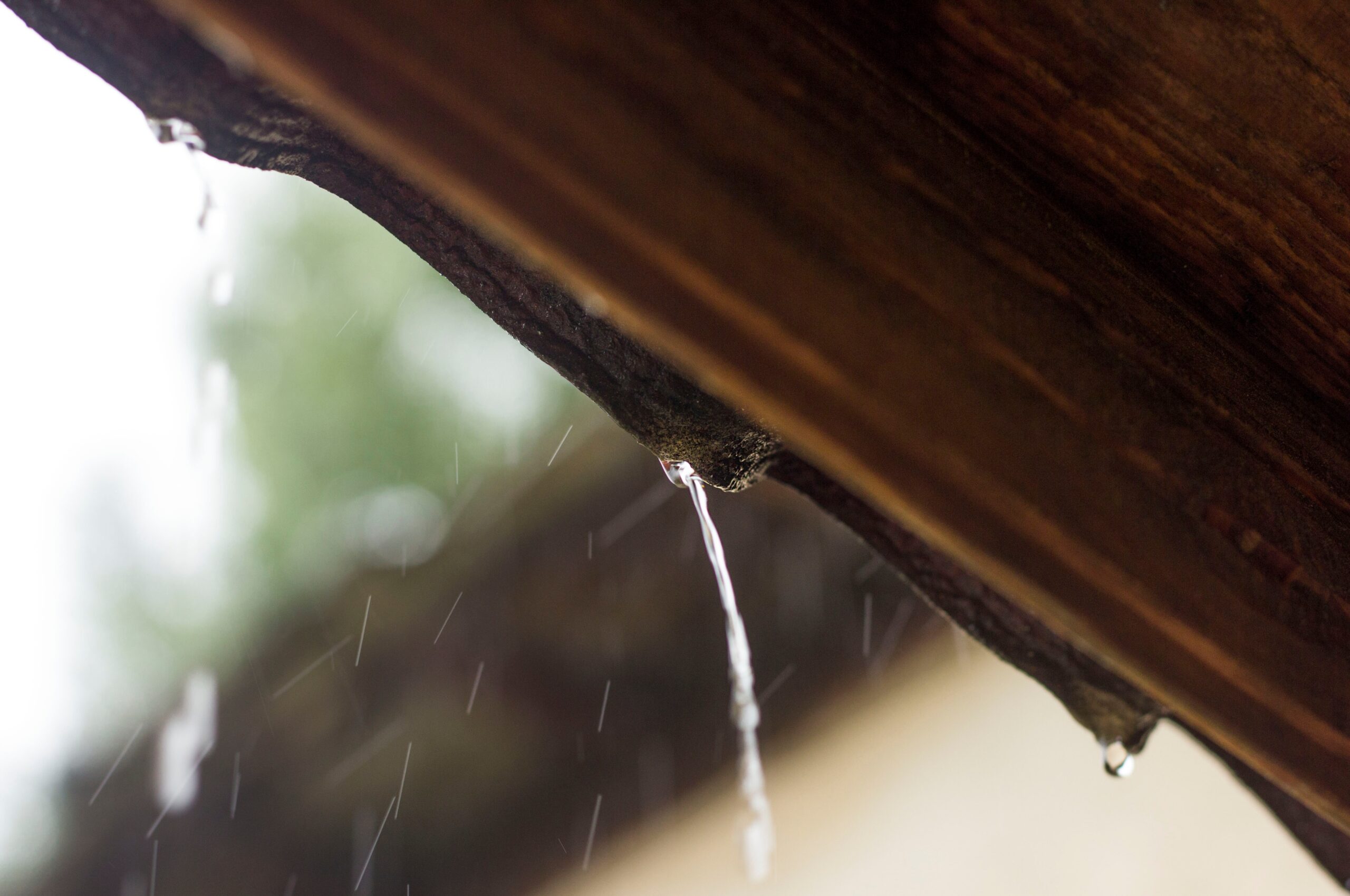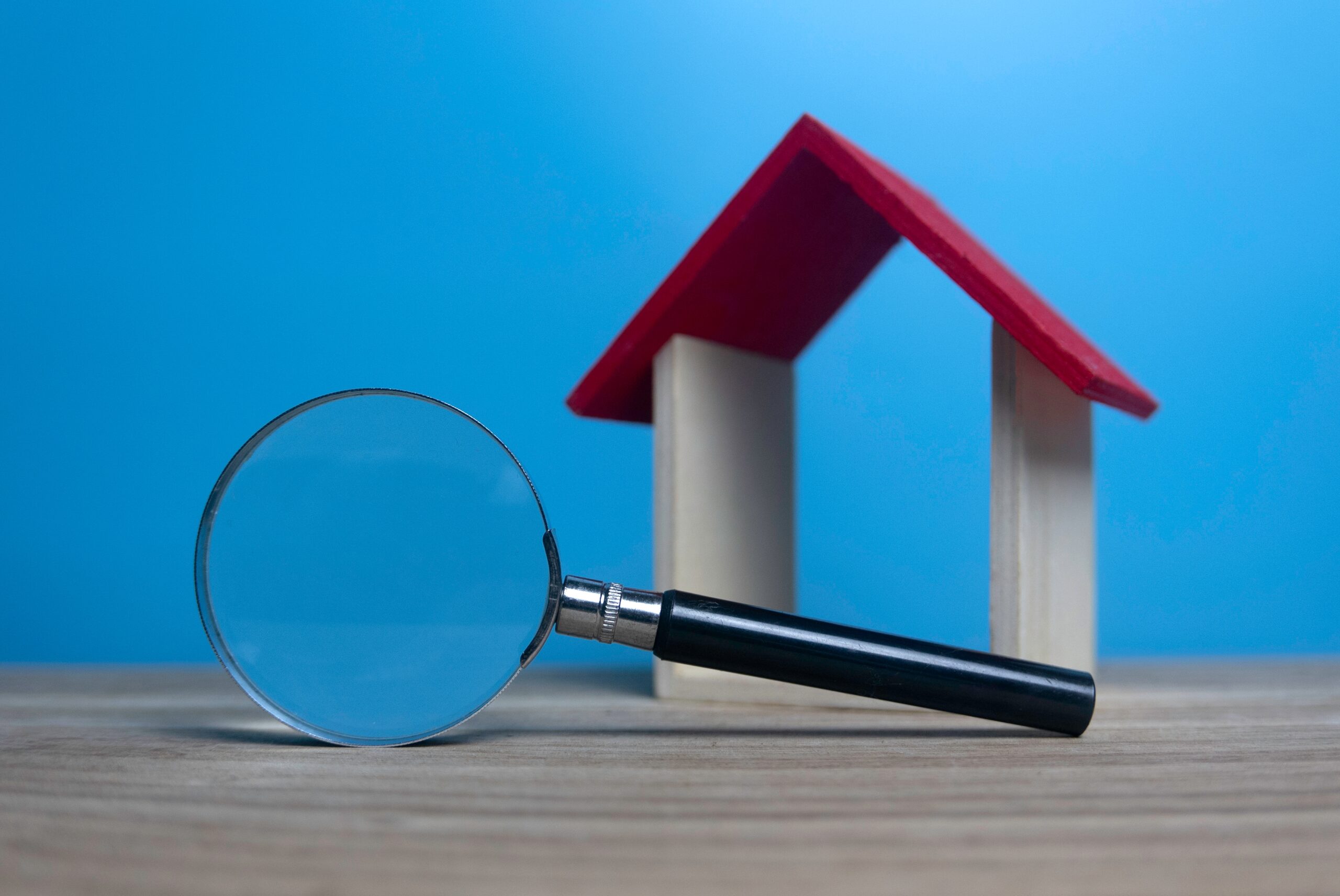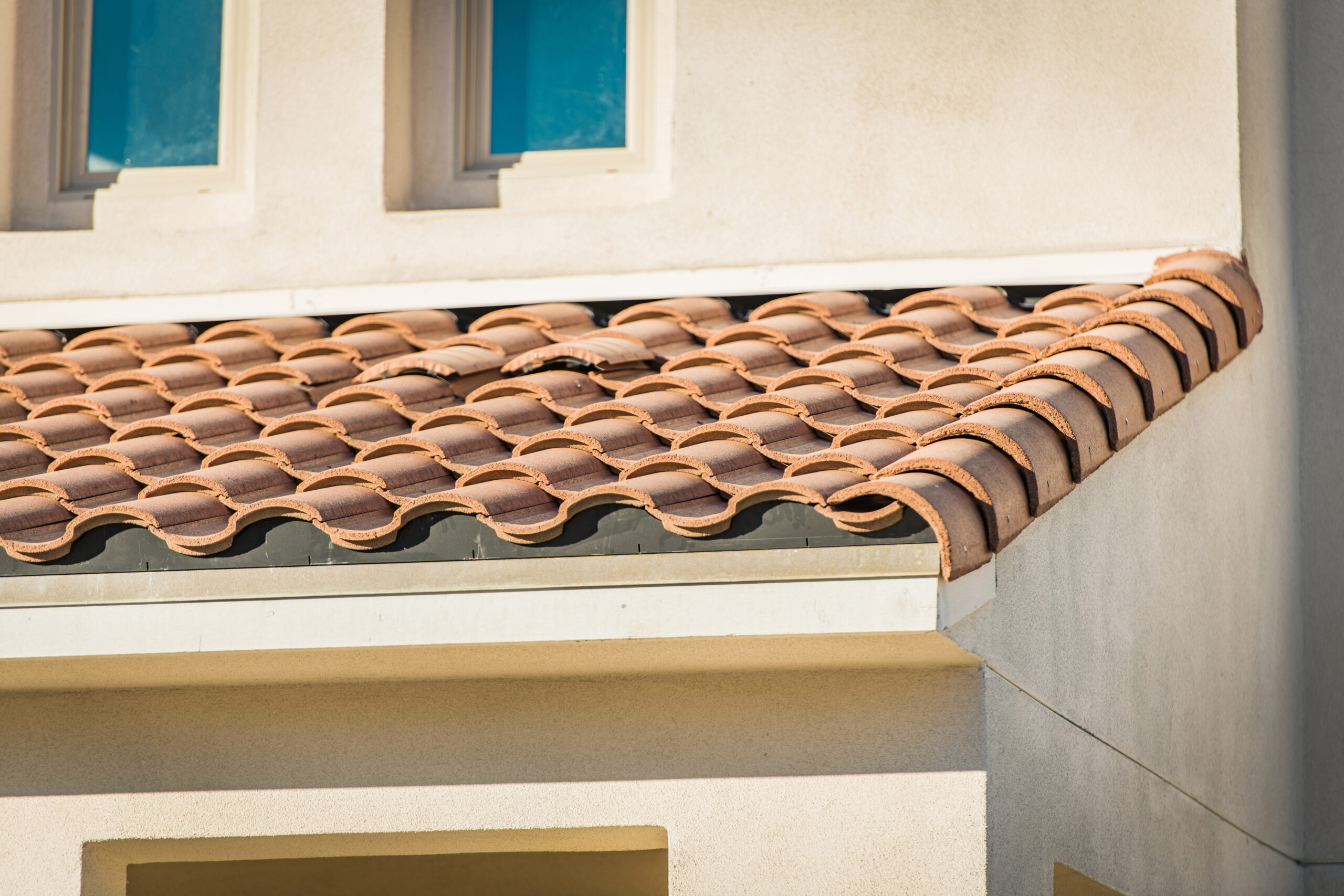Can snakes get on your roof?
We’ve all heard of “Snakes on a Plane” but have you heard “snakes on a roof”?! If not, I’m here to tell you that it is 100% possible and 1,000,000,000% SCARY. To make it even worse, they can get into your attic space, into the ceiling, and walls! These spaces are dark, warm, and humid making it a snake’s favorite shelter. While it’s great for Slinky the slithering snake, you may not get those same feelings.
How do snakes get on the roof and into the house?
Snakes are sneaky climbers that can go up to your roof and enter the home through small gaps, vent openings, gaps around the doors, and wherever else they can get through.
Why do snakes enter houses?
As stated previously, they like dark, warm, and humid areas. What could be more perfect than your attic in the middle of monsoon season?!
Signs there is a snake in the attic
- Shed skins and droppings
- Slither tracks
- Slow moving scratches noises
What to do if there is a snake is the attic
Call pest control! It is advised against to go after the snake yourself. Unfortunately, here in Arizona, we have snakes that are venomous and will kill us if bit. If you’re not sure where the snake is located, you can try putting snake traps in and around the house and roof.
Can rain damage my roof?
Being a homeowner means all the repairs and upgrades are our responsibility. We no longer have the luxury of calling the maintenance guy or property management company to fix the leaky sink and not have to pay a dime. When damages occur and repairs need to be done on our home, we are never ready or excited about it. This is especially true during the rainy season and what a recent surprise of constant rain we just got. With all this extra rain, what damages could happen to our roofs?

We tend to get a lot of rain during the monsoon season in the summer but sometimes we get surprised with it in the winter months too. But whether it’s July or December, heavy rainfall can do damage to the shingles. Routinely check the stability of the shingles and ensure there are no cracks especially after a storm.
With trapped moisture and sitting water comes mold. Normally we struggle to deal with mold in our kitchens and bathrooms but the tops of our houses are easily overlooked. Expansion of materials, mildew, and wood rot occurs when the mold grows in the cracks on your roof. We suggest getting a roof inspection done if you have mold concerns.
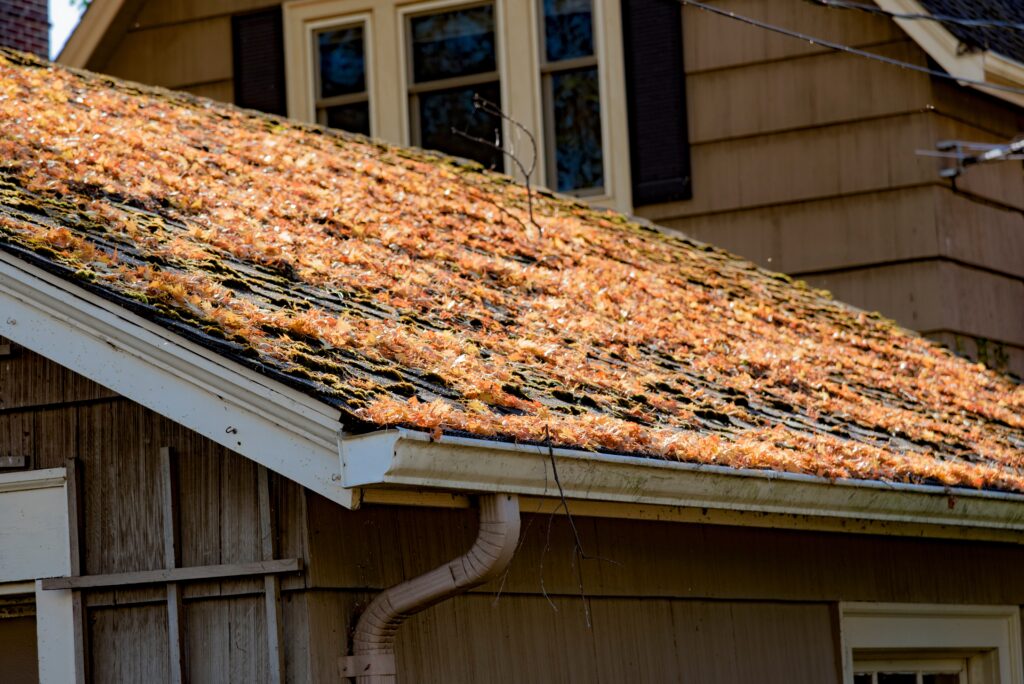
If your gutters are clogged, it’ll become problematic during heavy rainfall because the water will end up sitting on your roof rather than draining. Gutters that aren’t maintained and cleared routinely could cause costly repairs in the future. Stay ahead of the game by keeping up with clearing your gutters.
Frozen water damage can occur during the winter months when we randomly get heavy rainfall. Water that sits and freezes in the cracks of the roof causes the building material to expand. When you go to do roof repairs, this expansion makes it difficult to repair verses if it was a smaller crack. Some repairs may be too big and you could end up buying a new roof instead.
Almeida Roofing recommends you take a look at your roof after this consistent rainfall we just had. If you’d like one of our professionals to do an inspection for you, we’re more than happy to help! We will complete our inspection, report back to you, and give you any repair or replacement recommendations if deemed necessary. Almeida Roofing looks forward to servicing you!

